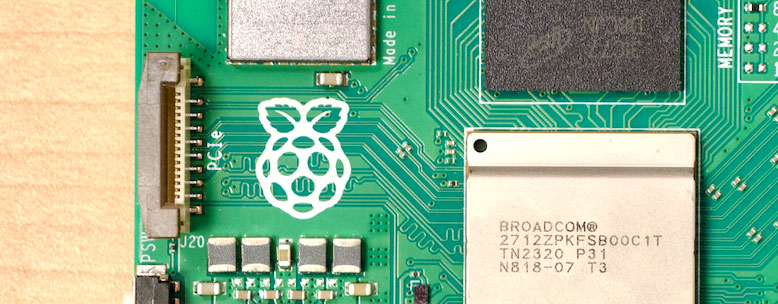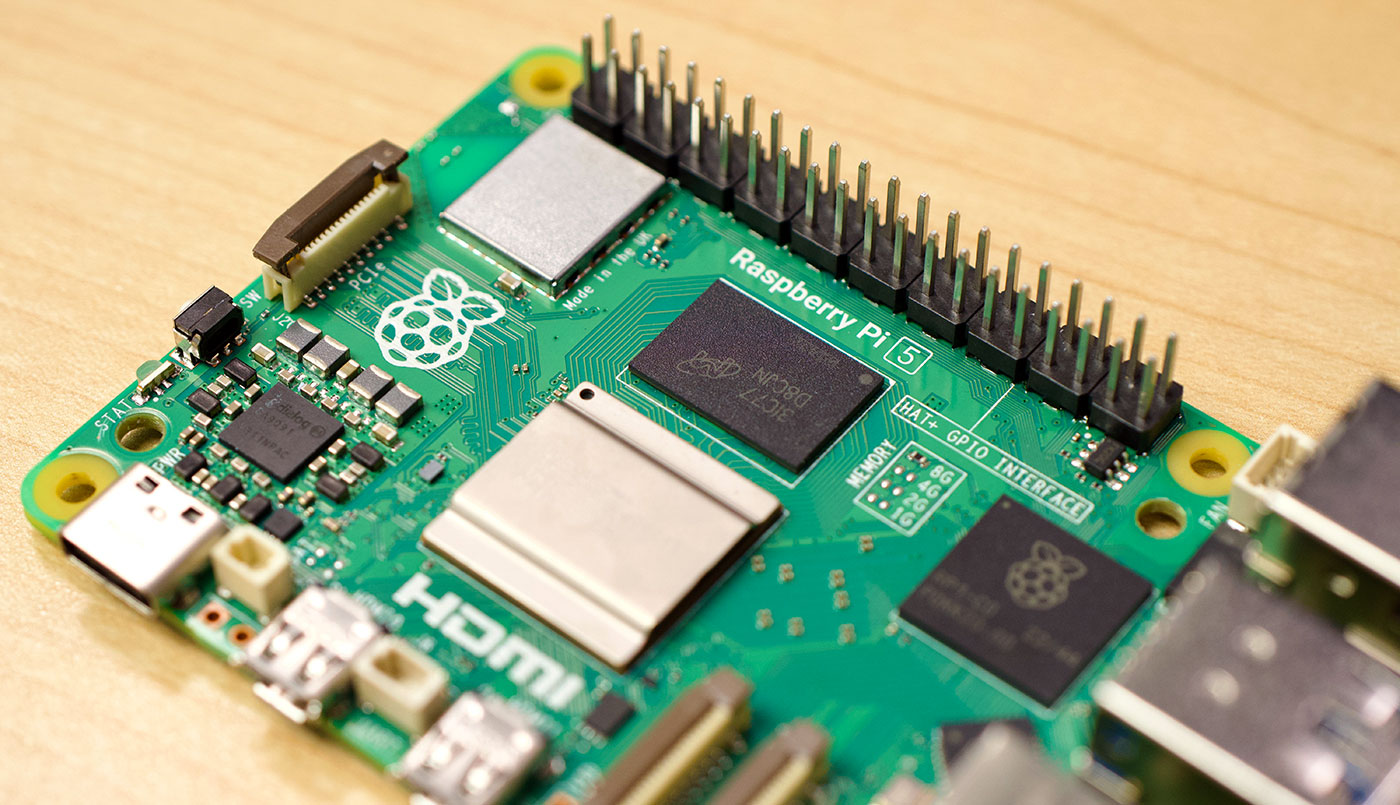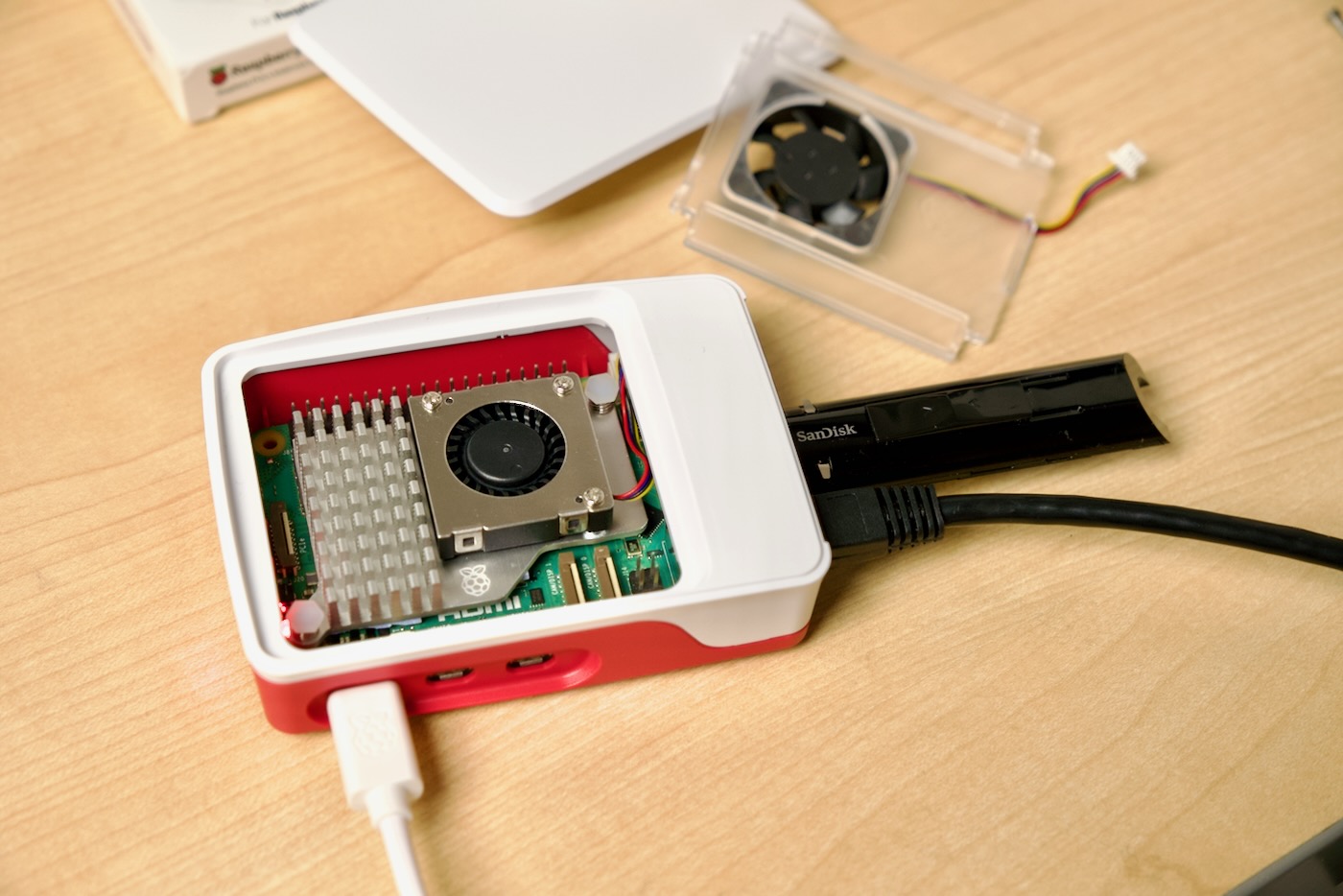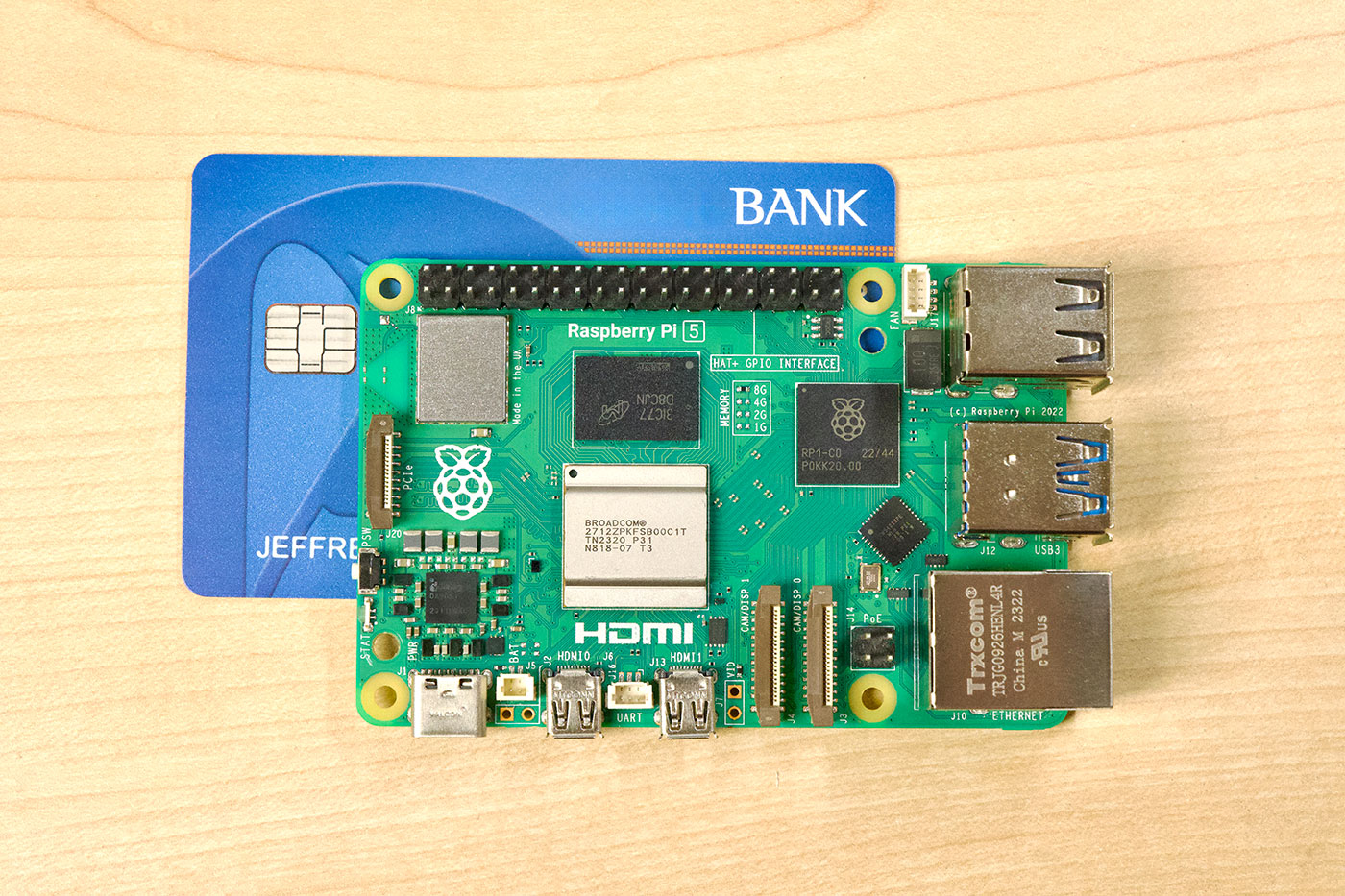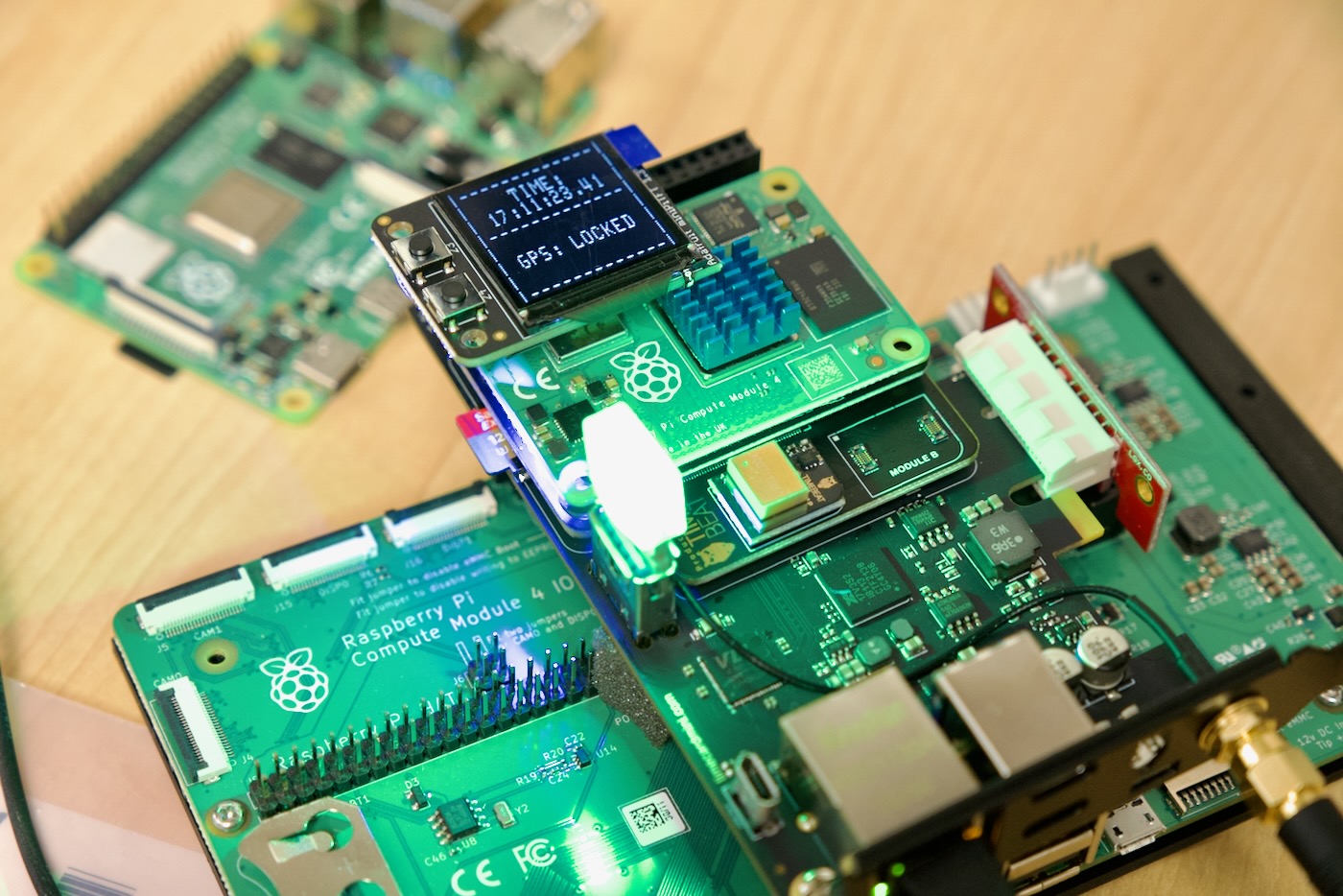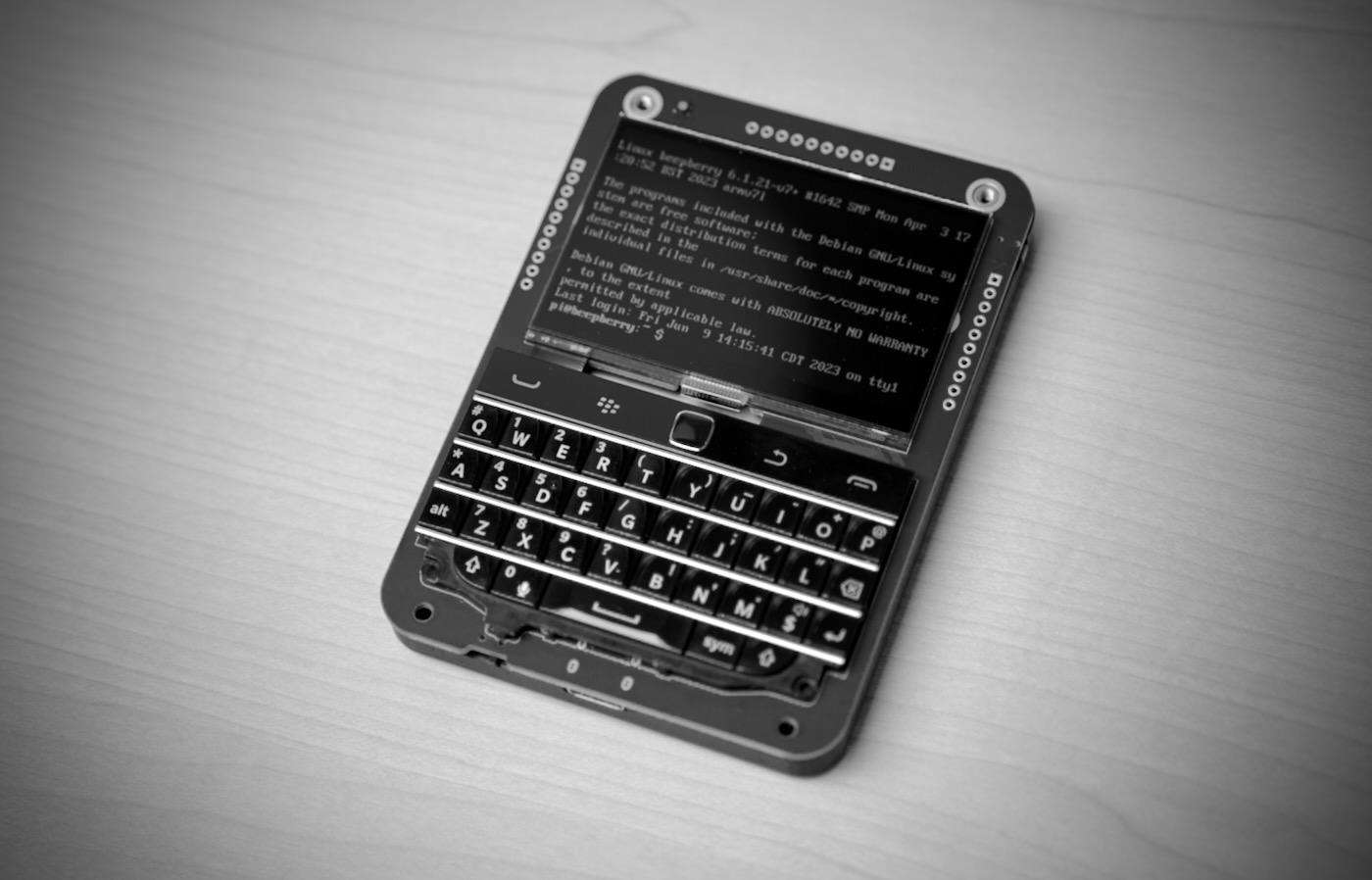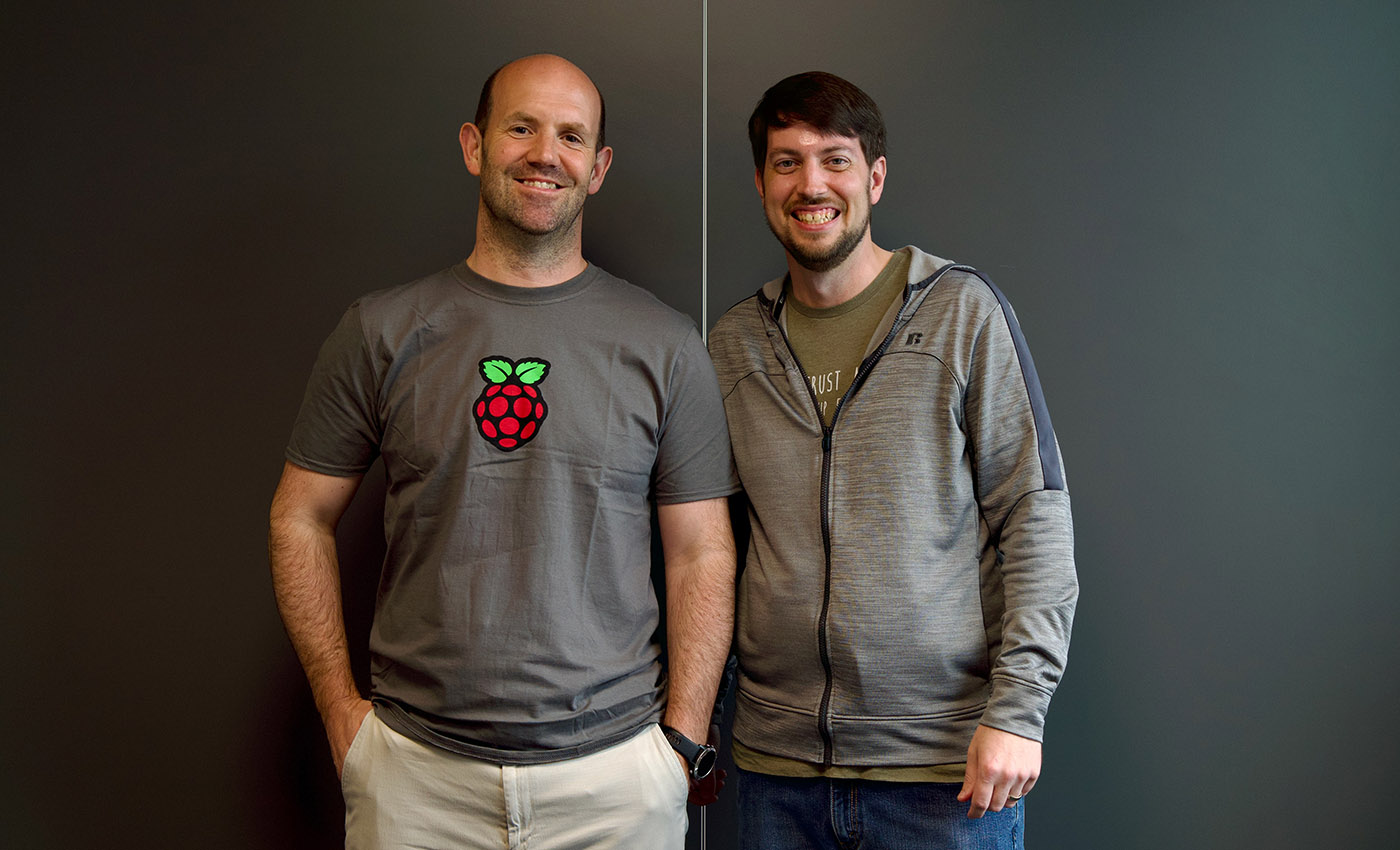NVMe SSD boot with the Raspberry Pi 5
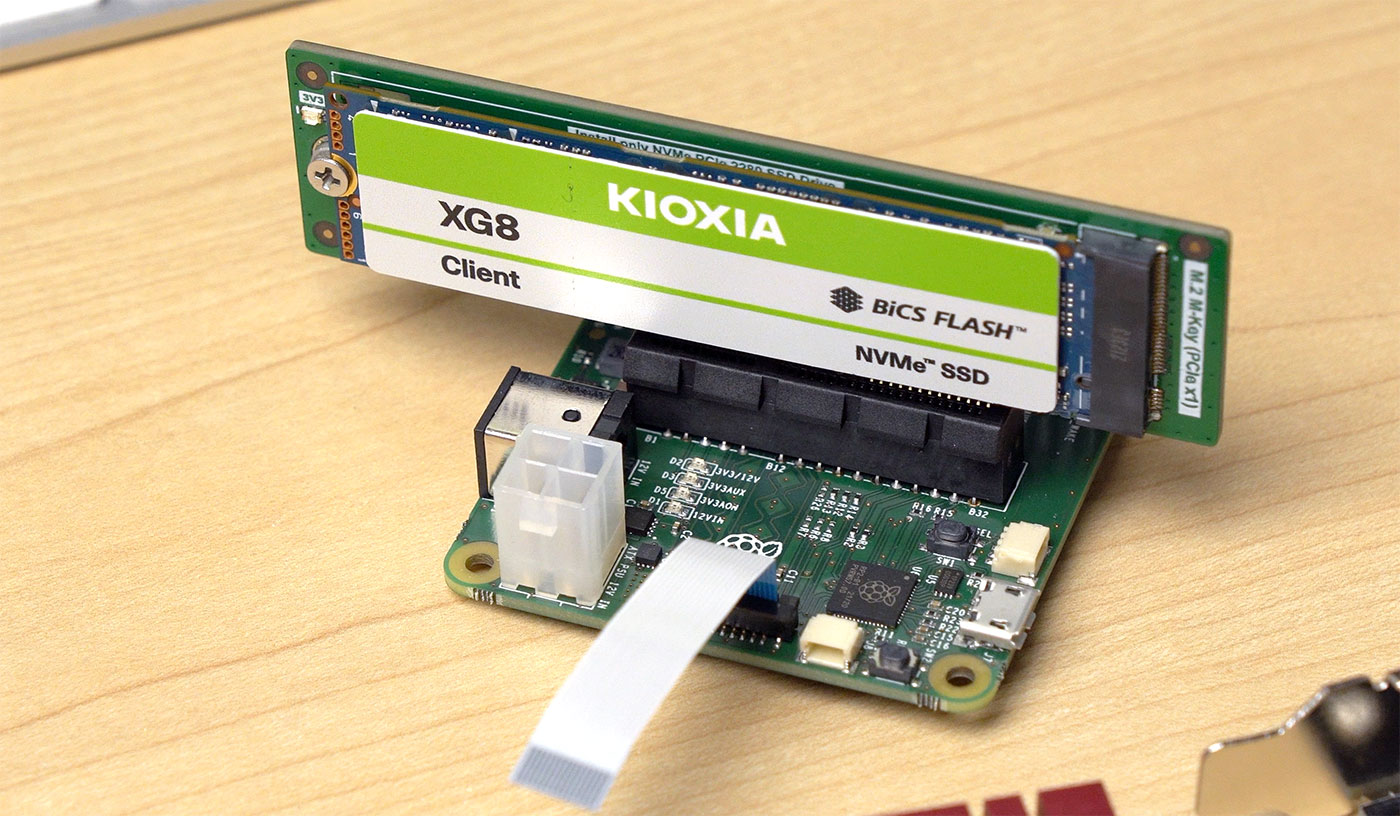
In my video about the brand new Raspberry Pi 5, I mentioned the new external PCIe port makes it possible to boot the standard Pi 5 model B directly off NVMe storage—an option which is much faster and more reliable than standard microSD storage (even with industrial-rated cards!).
Enabling NVMe boot is pretty easy, you add a line to /boot/firmware/config.txt, modify the BOOT_ORDER in the bootloader configuration, and reboot!
